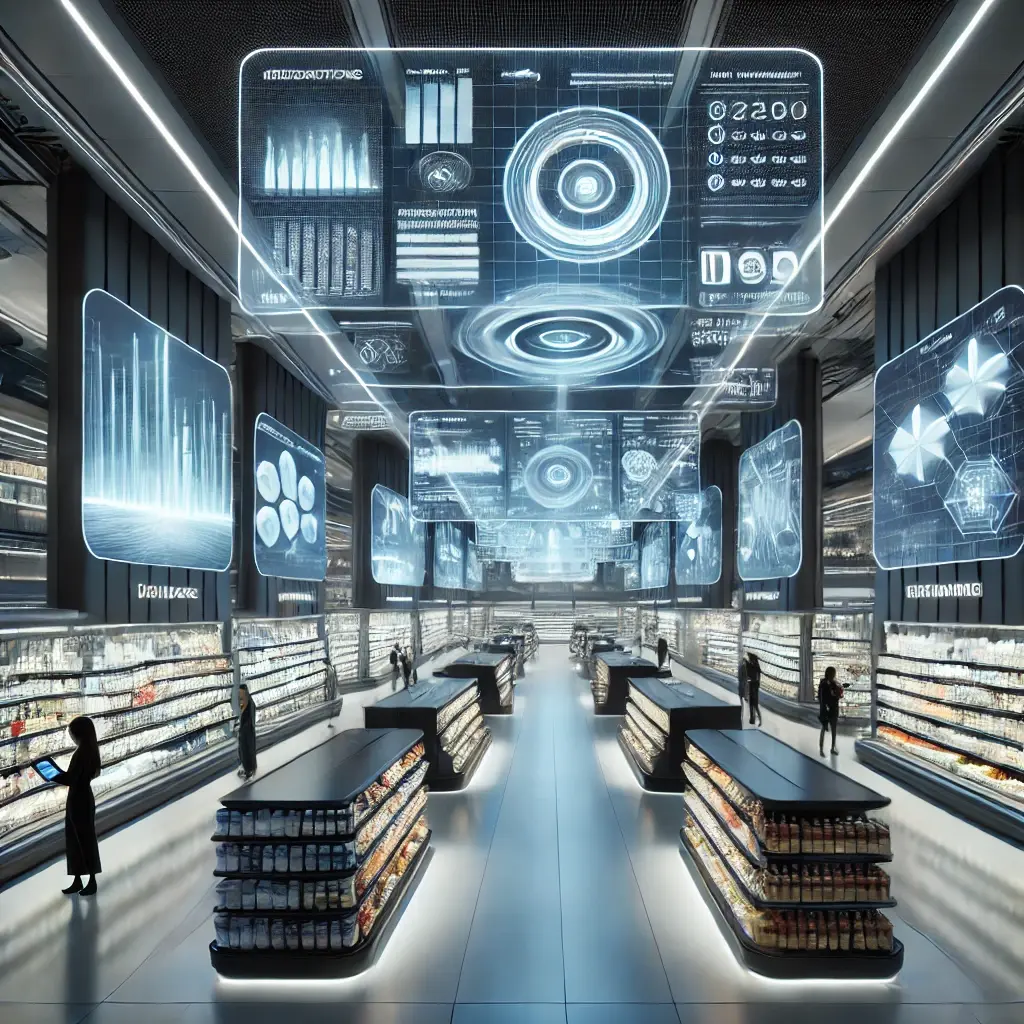
The Potential Advantages and Drawbacks of Incorporating Programmatic DOOH into a Retail Media Operator’s Commercial Mix
Incorporating programmatic Digital Out-Of-Home (DOOH) advertising into the commercial mix of a retail media operator presents a wealth of opportunities and a fair share of challenges. As the digital advertising landscape continues to evolve, retail media operators must carefully weigh these potential advantages and risks to effectively leverage the power of programmatic DOOH.
Advantages of Programmatic DOOH for Retail Media Operators
-
Expanded Revenue Streams Programmatic DOOH opens up new revenue opportunities by allowing a broader range of advertisers, including media agencies and cross-selling partners, to access ad inventory. This expanded access can lead to increased ad sales and higher overall revenue.
-
Enhanced Targeting Capabilities Programmatic DOOH enables more precise targeting of ads based on real-time data. Advertisers can deliver ads tailored to specific demographics, locations, and even weather conditions, leading to more effective campaigns and higher ROI.
-
Improved Efficiency and Automation Automation is a cornerstone of programmatic DOOH. By automating the buying, selling, and delivery of ads, retail media operators can streamline their operations, reduce manual workload, and minimize the risk of human error. This efficiency frees up resources for more strategic tasks and improves the overall effectiveness of ad campaigns.
-
Real-Time Campaign Management With programmatic DOOH, advertisers and operators can monitor and adjust campaigns in real-time. This capability allows for the quick identification and correction of any issues, ensuring that campaigns perform optimally and achieve their desired outcomes.
-
Dynamic Pricing and Yield Optimization Programmatic DOOH allows for dynamic pricing models, where ad space can be priced based on real-time demand. This flexibility helps retail media operators maximize yield and optimize the monetization of their ad inventory, especially during peak times or in high-demand locations.
Risks and Challenges of Programmatic DOOH
-
Technical Complexity and Costs Implementing programmatic DOOH requires significant technical infrastructure and expertise. Retail media operators must invest in the necessary technology and ensure that their systems can handle the increased data traffic and complexities of programmatic advertising. Additionally, tech fees associated with programmatic can consume a substantial portion of the advertising budget.
-
Data Quality and Integration Issues Effective programmatic DOOH relies on high-quality, real-time data. Integrating various data sources and ensuring their accuracy can be challenging. Poor data quality or integration issues can lead to ineffective targeting and reduced campaign performance.
-
Potential for Price Erosion The automated nature of programmatic advertising can lead to price erosion, similar to what has been observed in online advertising. Retail media operators with higher infrastructure costs must be cautious to avoid devaluing their ad inventory through aggressive pricing competition.
-
Network Reliability and Performance Programmatic DOOH requires robust network infrastructure to ensure reliable and high-quality ad delivery. Network downtimes or performance issues can disrupt ad campaigns, leading to potential revenue loss and dissatisfied advertisers.
-
Loss of Control Over Ad Content Programmatic DOOH can sometimes reduce the level of control operators have over the content displayed on their screens. Ensuring that ads are appropriate for the target audience and the retail environment is crucial, and manual ad approval processes may still be necessary to maintain brand safety and publisher standards.
Balancing Benefits and Risks
Retail media operators can achieve the best results by integrating programmatic DOOH as part of a comprehensive ad sales strategy. Combining programmatic options with direct sales, partner deals, and strategic agency partnerships allows operators to capitalize on the benefits of programmatic while mitigating its risks.
Programmatic DOOH should be viewed as a powerful tool within a diversified sales ecosystem. By dynamically coordinating high-value insertion orders with the efficiency of programmatic sales, retail media operators can enhance their revenue streams, optimize ad inventory, and maintain the quality and relevance of their advertising content.
Conclusion
Incorporating programmatic DOOH into a retail media operator’s commercial mix offers substantial advantages, including expanded revenue opportunities, enhanced targeting capabilities, and improved operational efficiency. However, operators must navigate the technical complexities, data quality issues, and potential risks associated with price erosion and network reliability.
By adopting a balanced and strategic approach, retail media operators can harness the power of programmatic DOOH to achieve unparalleled success in the competitive digital advertising landscape. At Adtrac, we are committed to helping our clients navigate these challenges and maximize the potential of programmatic DOOH, delivering exceptional value and innovation in the retail media space.
